
Timeline: How UK and EU are redefining their post-Brexit trade relationship
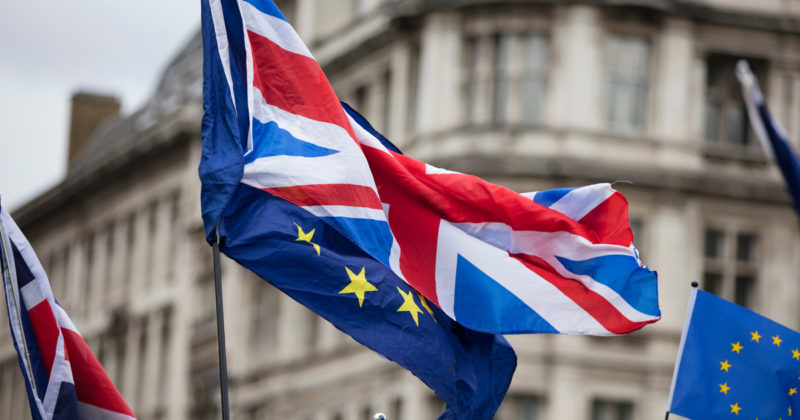
The clock is ticking for the United Kingdom (UK) and the European Union (EU) to agree on a new trading relationship. The post-Brexit transition period ends on December 31, 2020, almost five years since the UK voted to withdraw from the bloc in a historic referendum.
So far, the two sides have been slow to agree on the terms of a new trade deal. If both parties cannot agree to a deal in time, the UK’s commerce with the bloc will have to revert to default rules set by the World Trade Organization (WTO). That will see annual trade between the two sides — currently worth nearly US$1 billion (€0.86 billion) — becoming subject to quotas and tariffs.
According to DHL’s Global Connectedness Index 2020, which measures globalization based on international flows of trade, capital, information, and people, the share of the UK’s trade with the EU has remained fairly steady since the 2016 referendum.
The index also indicates that continuing uncertainty surrounding the lack of a new trade deal raises real concerns about the future of integration across the region.
Below, we summarize the defining moments of the long-running Brexit saga, and show what progress the two sides have made so far.
2016
June 23: The UK votes to leave the EU. The result is close: 52 percent to 48 percent. Conservative Party leader David Cameron, who spearheaded the campaign to remain in the EU, says he will resign as prime minister.
July 11: Theresa May wins the Conservative Party leadership contest and becomes prime minister two days later.
2017
March 29: May sends a letter to Donald Tusk, the European Council’s president, triggering legislation that sets in motion a two-year withdrawal period. This fixes the UK’s departure from the bloc on March 29, 2019.
July 17: Talks to define the terms of the UK’s withdrawal and a future relationship between the two sides officially kick off in Brussels.
2018
March 19: The UK and EU publish a draft agreement on the UK’s withdrawal. Many sections are left blank, indicating places where there is no agreement. Major areas of deadlock include fishing rights, and whether checks should be reinstated at the border between the Republic of Ireland (part of the EU) and Northern Ireland (part of the UK).
July 6: May unveils her vision for the future UK–EU relationship to her cabinet. Her Chequers Plan suggests a much softer Brexit than earlier statements had indicated. It also contains an appendix known as the “Irish backstop,” which sets out default rules for the Northern Ireland border in the eventuality that a trade deal is not reached within the withdrawal deadline.
The backstop proposes that in this case, Northern Ireland will align with some EU border control rules. This would see the Irish Republic carry out some checks on goods entering the country from the rest of the UK.
July 8: The Chequers Plan and especially the Irish backstop provoke a furious backlash, not least among anti-EU hardliners in May’s cabinet. The UK’s Brexit minister, David Davis, resigns in protest. Foreign secretary Boris Johnson follows suit the next day. By the end of the year, 18 ministers have quit over Brexit.
September 21: Donald Tusk also criticizes the Chequers Plan, saying that it risks undermining the EU’s single market. The EU’s chief negotiator, Michel Barnier, dismisses May’s proposal for the Northern Irish border as illegal.
November 25: May amends her exit plan to include an all-UK customs union with the EU in a bid to resolve the Irish backstop issue. As a result, the UK and the EU agree on a deal on the UK’s exit terms, but this still needs the approval of the UK and European parliaments.
2019
January 15: The UK parliament votes on May’s Brexit deal. Her government loses by 432 votes to 202, the worst government parliamentary defeat in the UK’s history.
January 30: The UK parliament issues May with a mandate to seek “alternative arrangements” with the EU on the Irish backstop issue.
March 12: May revises her Brexit deal and the UK parliament votes on it. The government loses, this time by 149 votes.
March 29: MPs vote for a third time, on May’s new version of the Brexit deal. The government loses again, this time by 58 votes. MPs are unable to find a majority for any alternative solution.
April 10–11: At May’s request, the EU approves an extension of the UK’s membership until October 31.
May 24: May announces she will stand down as Conservative Party leader on June 7.
July 23: Boris Johnson wins the Conservative Party leadership contest. He becomes the UK’s new prime minister the following day.
August 19: Johnson issues a formal plea to the EU to scrap the Irish backstop from the withdrawal agreement. The EU refuses.
October 3: The UK government presents a new Brexit plan to Brussels that includes the removal of the Irish backstop. The EU rejects it.
October 17: The UK and EU announce they have struck a new Brexit deal, following a compromise from the UK over the Irish backstop. This is now replaced with the Northern Ireland protocol, which allows Northern Ireland to follow some EU rules, making border checks unnecessary.
October 28: The EU agrees to offer the UK another extension until January 31, 2020, so that Johnson can implement his exit deal into law.
2020
January 23: The EU Withdrawal Agreement Bill becomes law in the UK. The agreement sets out a process for a transition phase that will run until December 31, but does not cover the specifics of any future relationship, such as a trade deal. Johnson commits to finalizing a deal by October 15.
January 31: The UK leaves the EU.
February 1: The 11-month transition phase begins. The UK continues to follow EU rules and trade between the two is the same as before.
March 3: Formal talks between the UK and the EU on their future economic relationship begin. Both sides agree that a priority is negotiating a free trade agreement that will include zero tariffs and quotas, but there are major disagreements. The EU insists that the UK must follow EU rules so UK businesses don’t gain an advantage, but the UK government says it wants the freedom to move away.
Specific sticking points include the EU’s rights to access UK fishing waters, and whether the UK should comply with the bloc’s rules on settling disputes, and with labor and environmental standards, in return for a free trade deal.
March 16: Prime Minister Boris Johnson puts the UK under lockdown to contain the Covid-19 pandemic.
March 26: The EU criticizes the UK’s failure to table legal texts on significant trade deal issues as talks are briefly put on hold. Both chief negotiators, the EU’s Michel Barnier and the UK’s David Frost, test positive for Covid-19.
April 15: Talks resume via video link. Progress remains slow.
June 29: The EU and UK negotiation teams meet face-to-face for the first time since March and resume efforts to break the deadlock over trade terms.
September 20: Johnson announces he is seeking to override parts of the Northern Ireland protocol, notably on customs arrangements, by introducing a new Internal Market Bill in parliament. The UK government acknowledges that this proposal would break international law in a “very specific and limited way.”
October 20: Following an EU summit in Brussels, talks stall again as negotiators fail to make progress on key areas of disagreement.
November 9: The UK’s House of Lords defeats Johnson’s Internal Market Bill by 433 votes to 165 to amend the bill and remove the clauses that break international law. Johnson pledges to re-insert the clauses.
November 16: The EU says it will block the signing of any trade agreement unless Johnson backs down on the Internal Market Bill.
November 18: Negotiations remain troubled, with no progress on the significant differences that remain on both sides. The lack of progress puts in jeopardy a scheduled European parliament vote on the trade deal on December 16.
December 31: If a new trade deal has not been agreed on and ratified by both sides’ respective parliaments by midnight, the UK will trade with the EU according to the WTO's default rules. Those include full border checks applied to UK goods traveling to the EU. Tariffs will also be introduced to many imports and exports.
Find out how the UK ranks in terms of global connectedness in the latest DHL Global Connectedness Index:
MORE FROM THIS COLLECTION







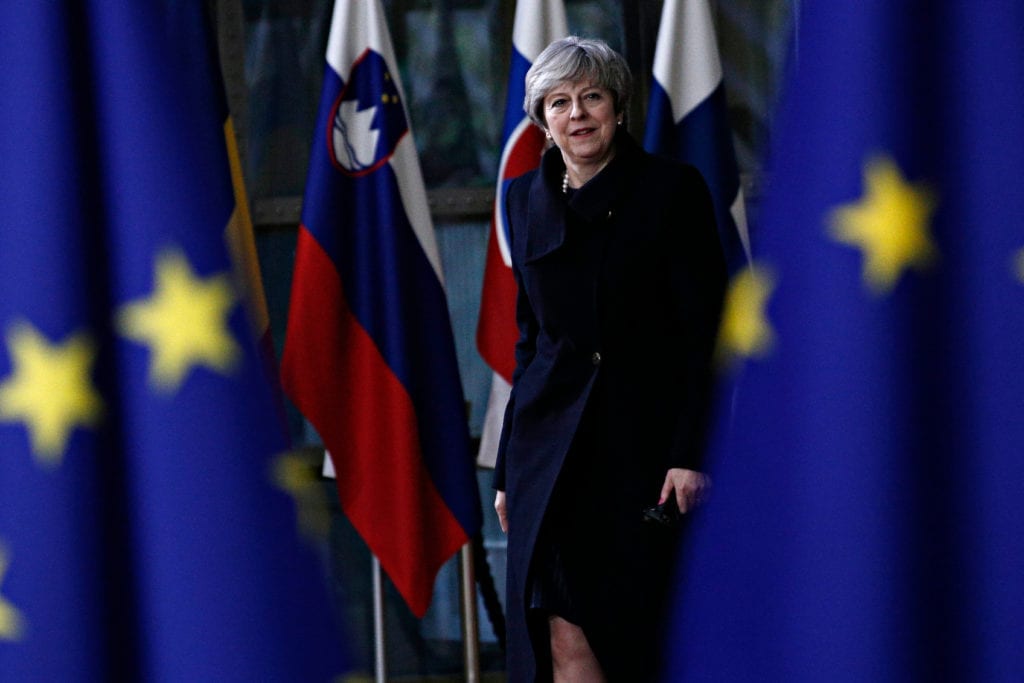
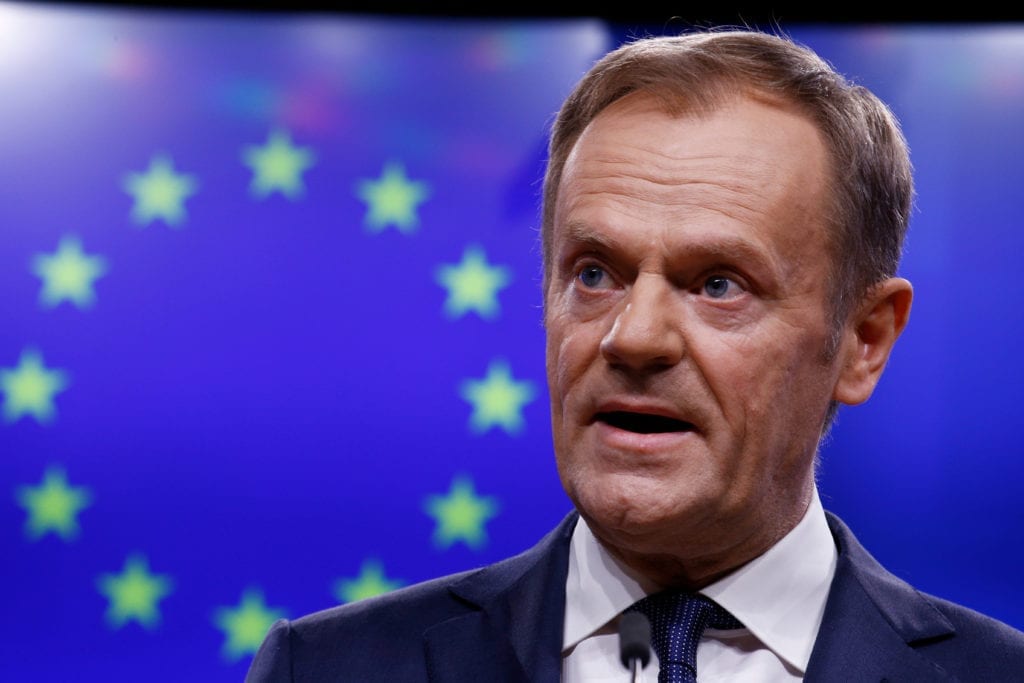
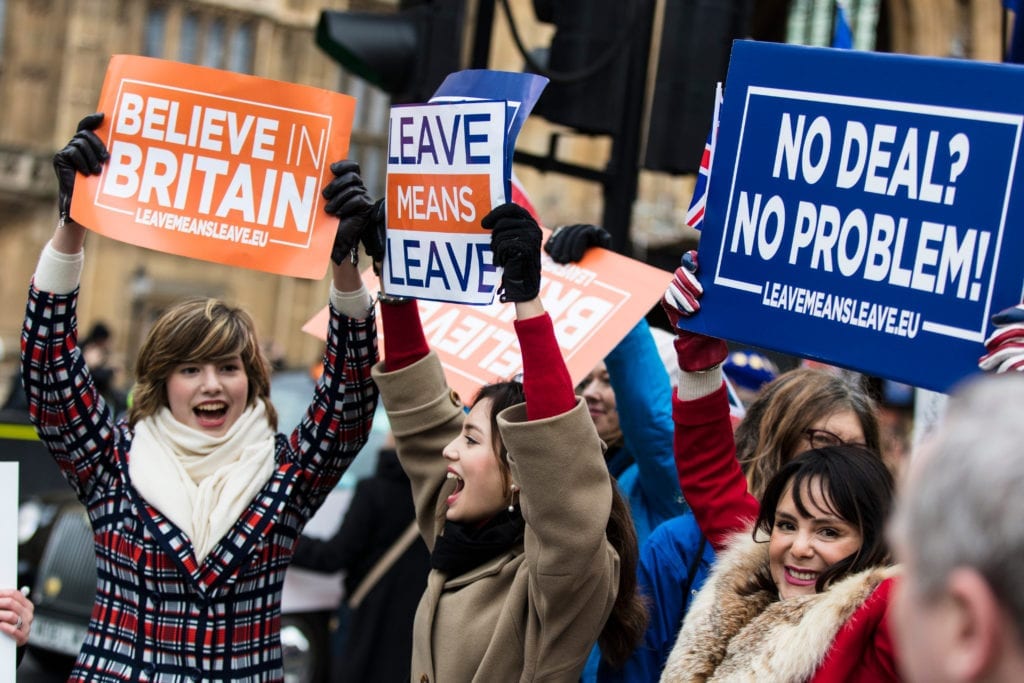
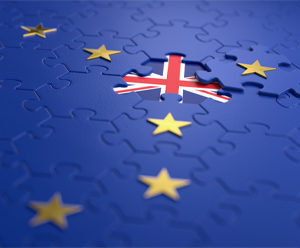
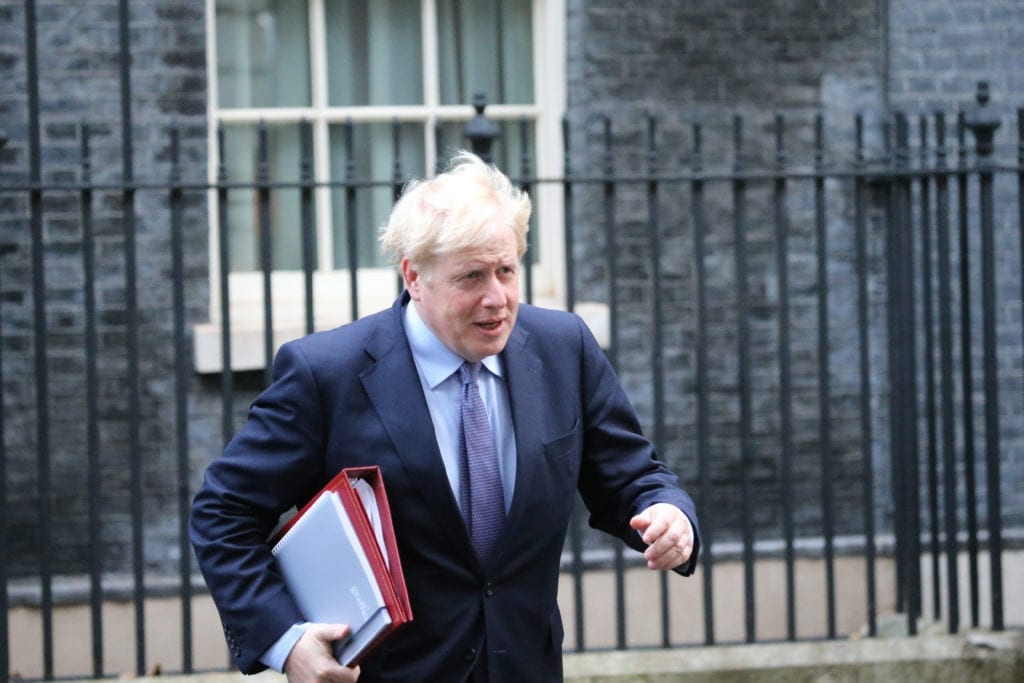
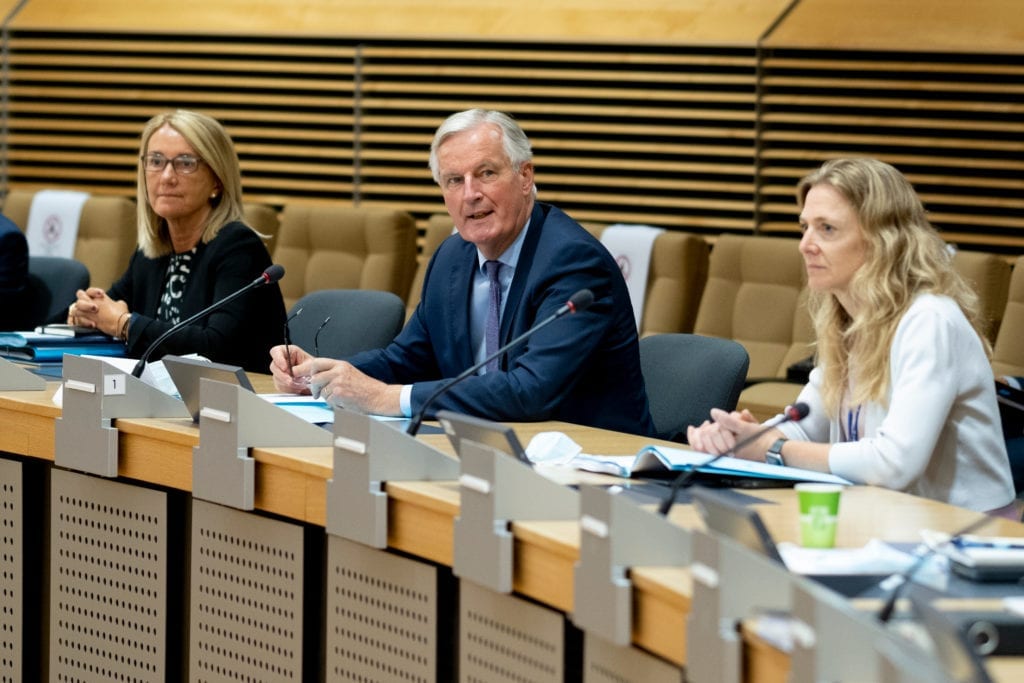
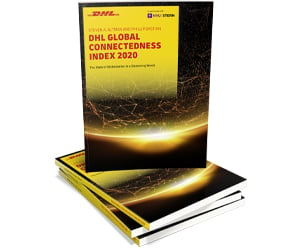




 English
English